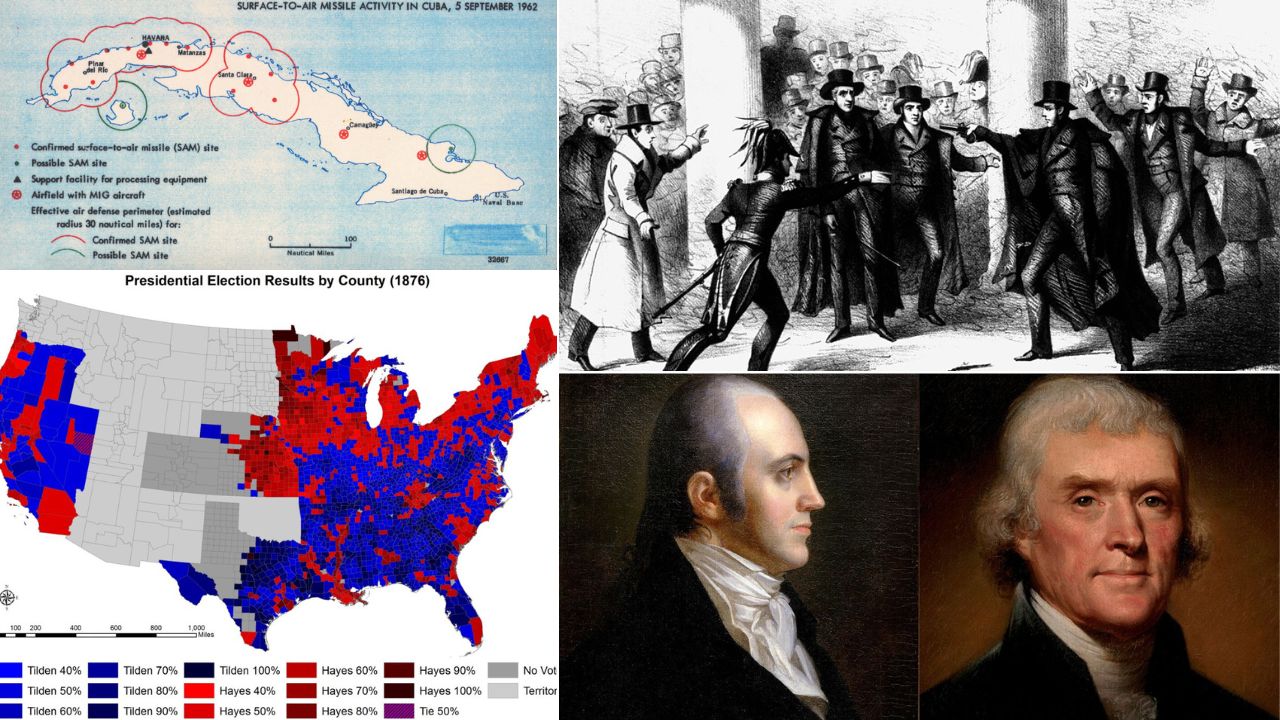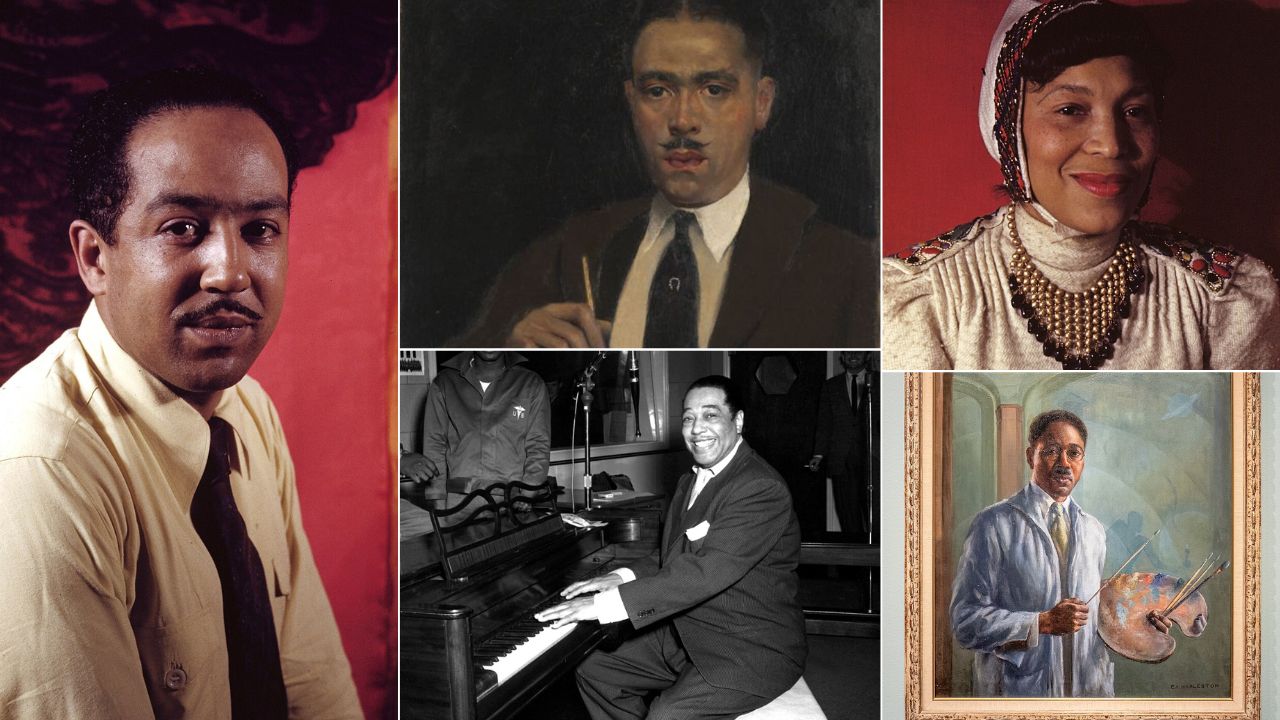History often pivots on quiet moments that escape textbook headlines. These ten documented near misses could have redirected the United States. Each entry names the year, principal actors, and the decision point, then explains what defused the danger. Together, they span early republic crises, Civil War diplomacy, contested elections, and Cold War alerts. None produced the feared outcome, yet each forced legal fixes, security reforms, or policy shifts that still shape American institutions. The goal here is clarity over myth, with facts tied to dates and outcomes.
1. Newburgh Conspiracy, 1783
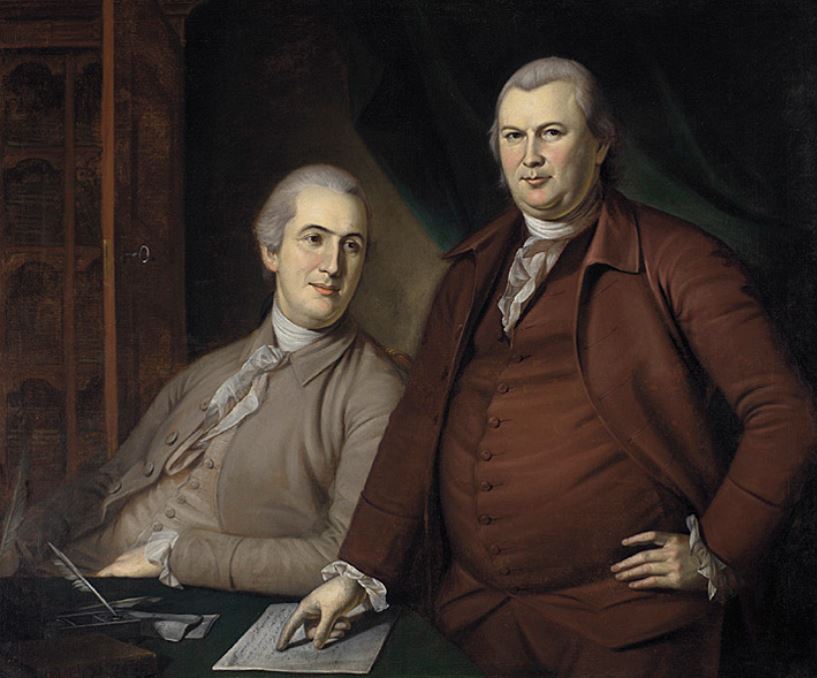
Near Newburgh, New York, unpaid Continental Army officers considered pressuring Congress while peace with Britain was pending. On 15 March 1783, George Washington delivered his Newburgh Address at the camp meeting, donned his spectacles, and urged patience while promising to seek arrears. The officers rejected proposals for a march on Philadelphia. The episode ended without force, preserving civilian control of the military at the Revolution’s close and avoiding a legitimacy crisis for the Confederation government.
2. Electoral Tie of 1800
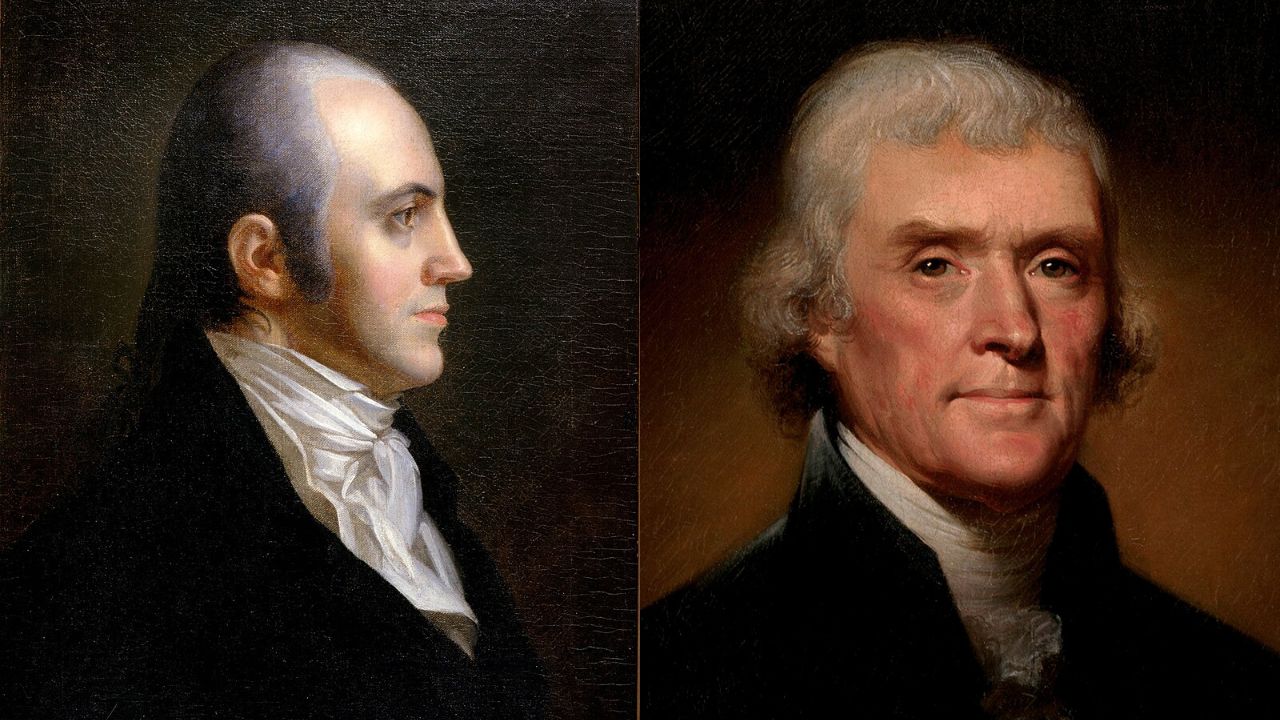
Under the original rules, Thomas Jefferson and Aaron Burr tied at 73 electoral votes in 1800, sending the choice to the House of Representatives. After thirty-six ballots in February 1801, Jefferson prevailed when several Federalists abstained. The stalemate led to the Twelfth Amendment in 1804, which required separate ballots for president and vice president. A different House coalition might have elevated Burr, courting constitutional confusion during the first peaceful party transfer of power.
3. Hartford Convention, 1814–1815
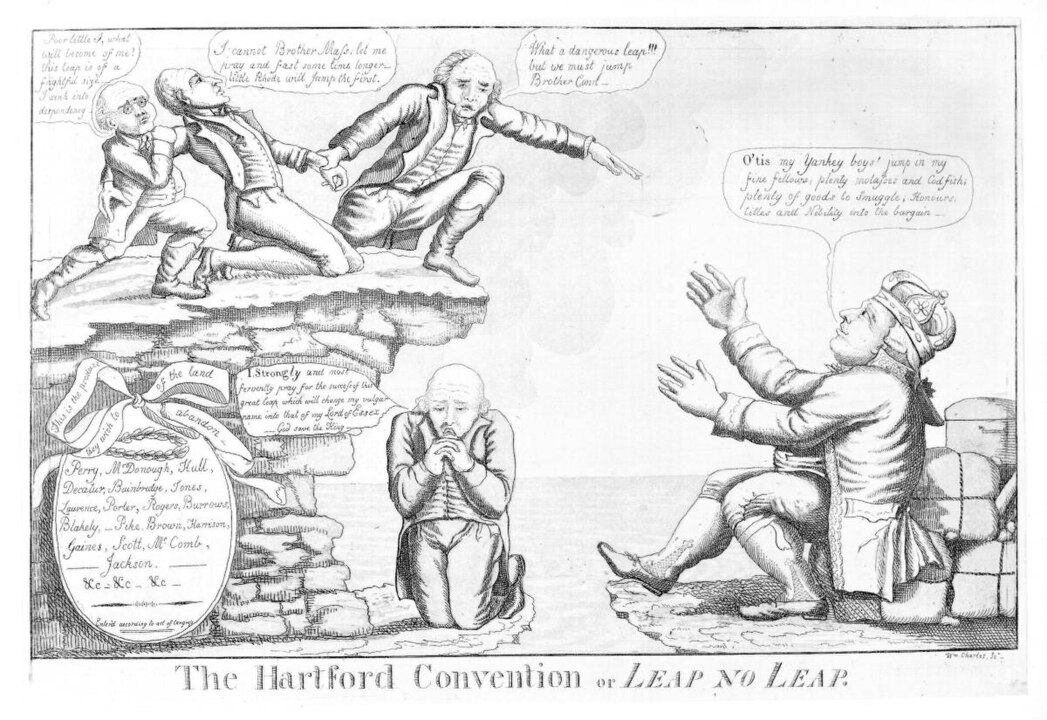
The Hartford Convention met from December 1814 to January 1815 as New England Federalists protested the War of 1812 and wartime trade limits. Delegates debated remedies and proposed constitutional amendments to curb federal power, embargoes, and long campaigns. Talk of secession circulated in pamphlets but was not adopted by the convention. News of the Treaty of Ghent and the victory at New Orleans undercut the movement. Had radicals prevailed, the young union might have fractured along regional lines.
4. First Presidential Assassination Attempt, 1835

On 30 January 1835, Richard Lawrence attempted to shoot President Andrew Jackson inside the Capitol Rotunda. Both pistols misfired at close range, likely due to damp powder. Jackson was unharmed, and Lawrence was found not guilty by reason of insanity and committed. The failed attack spared the country an untested mid-term succession during the Bank War. A fatal shot would have forced immediate transfer of power under the then unclear rules for presidential vacancy. Members of Congress subdued the attacker on the spot, and the incident fueled partisan accusations.
5. The Trent Affair, 1861
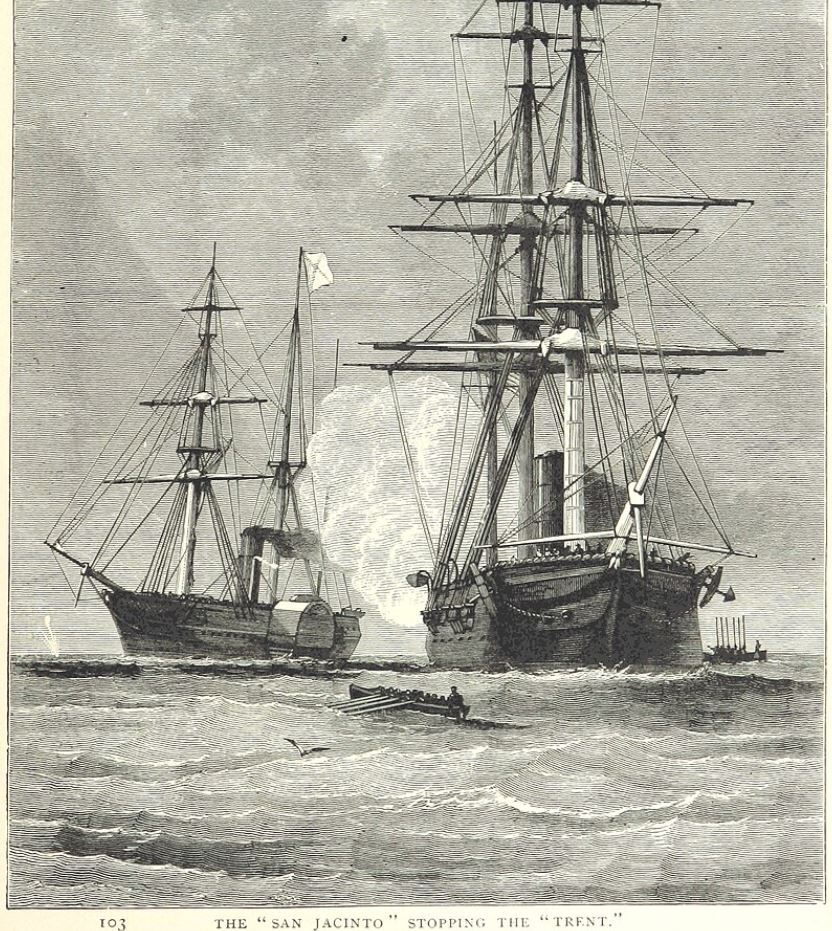
On 8 November 1861, the USS San Jacinto halted the British mail steamer Trent and seized Confederate envoys James Mason and John Slidell bound for Europe. Britain protested, reinforced Canada, and readied Royal Navy units. Facing a second front while fighting the Confederacy, Lincoln’s cabinet disavowed the seizure and released the diplomats. The reversal ended the crisis. A harder line risked British recognition of the Confederacy, maritime clashes in the Atlantic, and a wider war the Union could not afford.
6. Johnson’s Impeachment Fails by One Vote, 1868
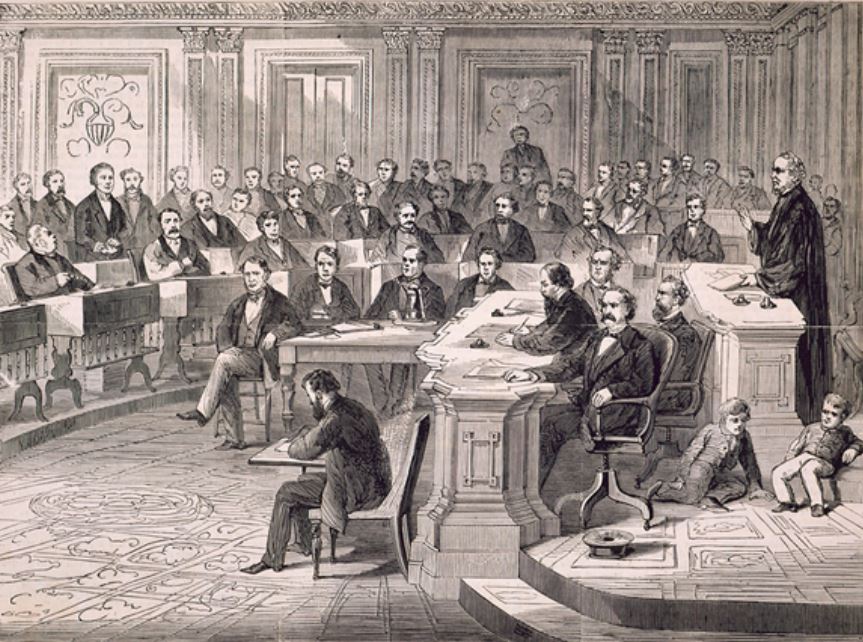
After impeachment by the House, President Andrew Johnson faced a Senate trial for violating the Tenure of Office Act. On 16 May 1868, the vote to convict fell one short of the two-thirds threshold. Johnson finished his term while continuing to fight Radical Reconstruction. Had one senator switched, Benjamin Wade, president pro tempore, would have assumed the presidency, setting an early precedent for removal by narrow partisan margins. The close result left Reconstruction policy to the next election rather than immediate removal.
7. Disputed Election of 1876
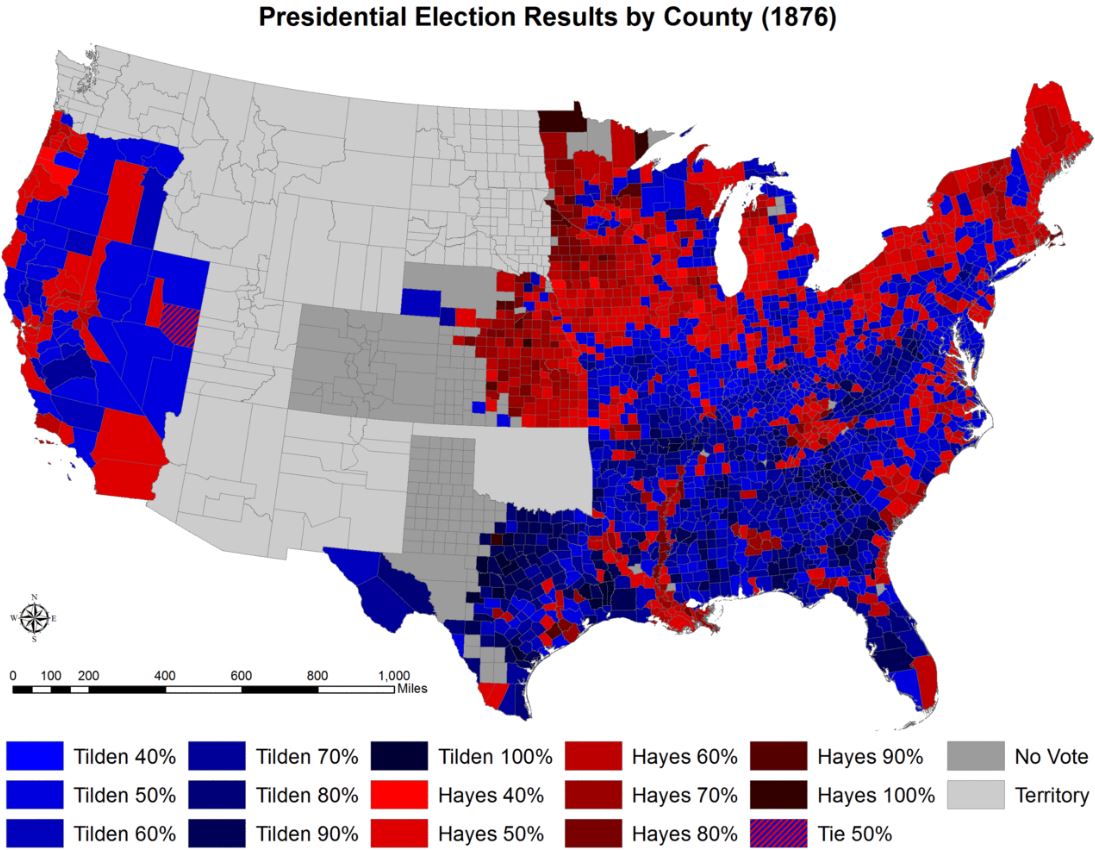
In 1876, Democrat Samuel Tilden won the popular vote, but returns in Florida, Louisiana, and South Carolina were disputed amid rival certifications. Congress created an electoral commission that awarded the contested votes to Republican Rutherford B. Hayes. Informal understandings, often called the Compromise of 1877, ended federal troop presence in the South and marked Reconstruction’s close. A different adjudication could have reversed the presidency and prolonged federal enforcement of Black political rights in the postwar South.
8. Black Tom Explosion, 1916
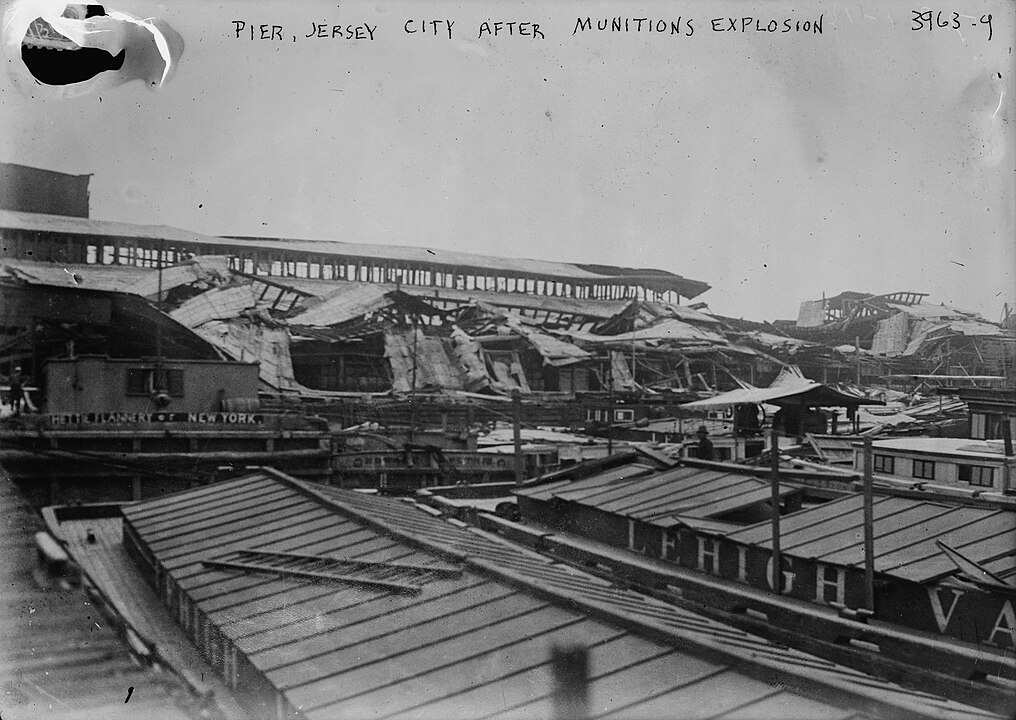
Before the U.S. entry into World War I, saboteurs linked to Germany destroyed a munitions depot at Black Tom Island in Jersey City on 30 July 1916. The blast killed several people, damaged the Statue of Liberty, and shattered windows across Manhattan and Brooklyn. Investigations and later claims traced responsibility to German agents through the Mixed Claims Commission. The attack led to tighter harbor security and insurance litigation. Earlier public proof might have shifted neutrality debates and accelerated federal counter-sabotage measures.
9. Cuban Missile Crisis Close Calls, 1962
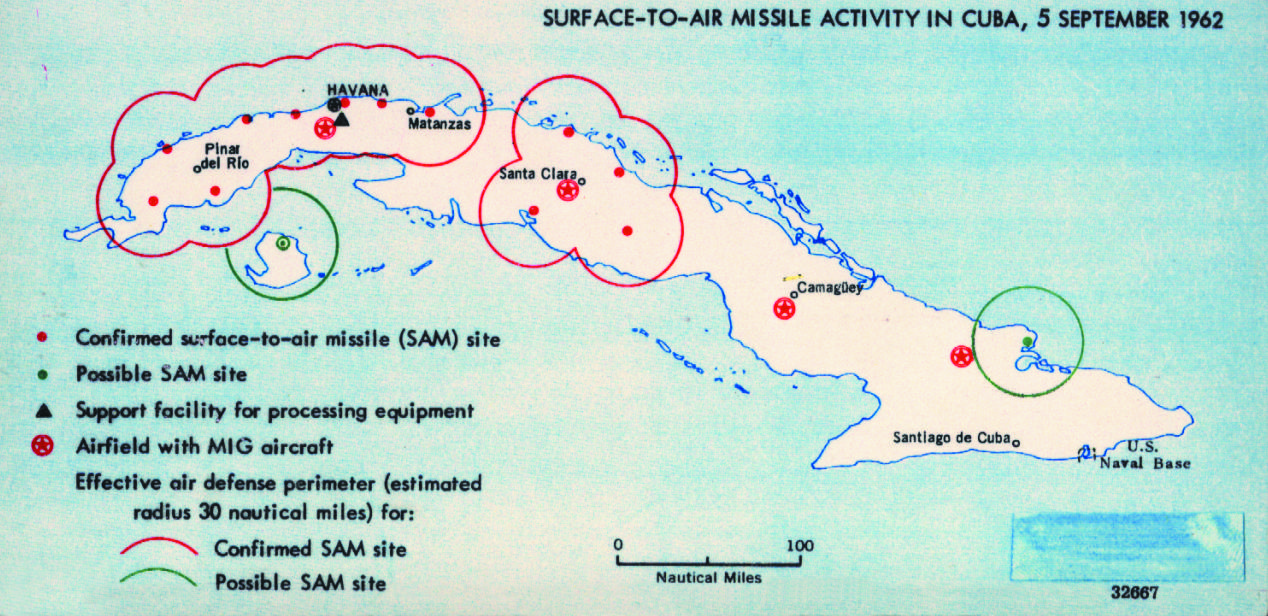
In October 1962, aerial photos revealed Soviet medium and intermediate-range missiles in Cuba. For thirteen tense days, U.S. quarantine plans met Soviet deployments at sea and in the air. On 27 October, a Soviet submarine under depth charge pressure considered launching a nuclear torpedo, but senior officer Vasily Arkhipov opposed it. A secret deal removed missiles from Cuba and later from Turkey. The near miss reshaped crisis communication and nuclear command safeguards. Hotlines and verification rules are followed to reduce miscalculation.
10. Able Archer War Scare, 1983
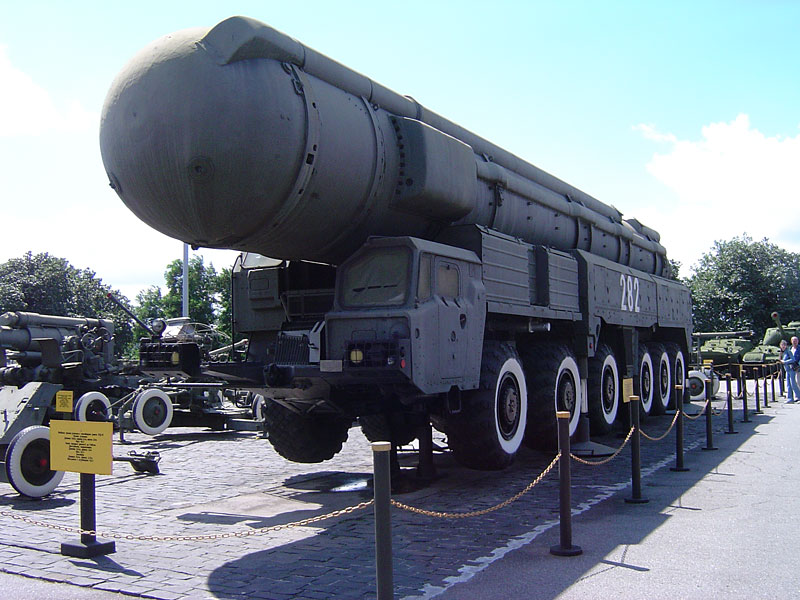
In November 1983, the NATO exercise Able Archer simulated nuclear release procedures with unusual realism, including high-level participation and encrypted communications. Soviet intelligence read the signals as possible cover for a first strike and raised readiness in parts of the Warsaw Pact. U.S. commanders noted the posture yet declined to mirror it. The exercise ended without incident, prompting later reviews of escalation risks and improved hotlines and briefings to prevent misread intentions during future drills.
